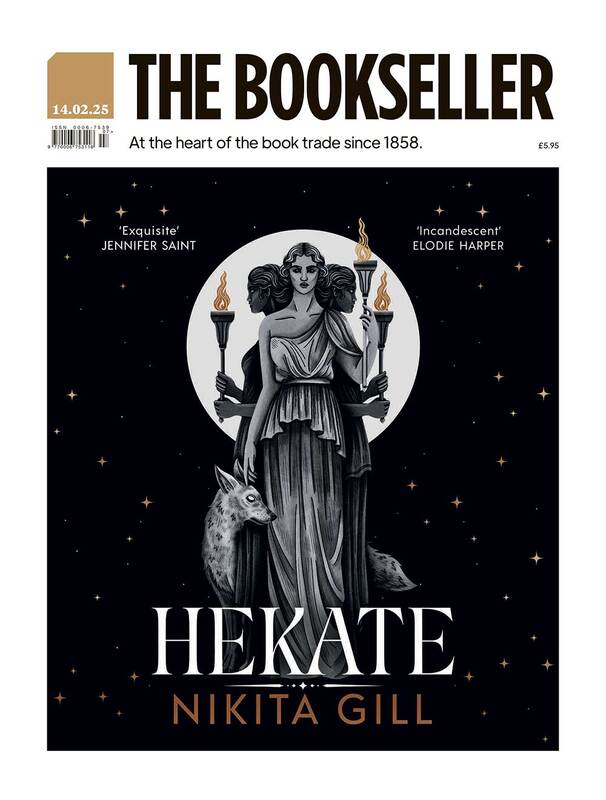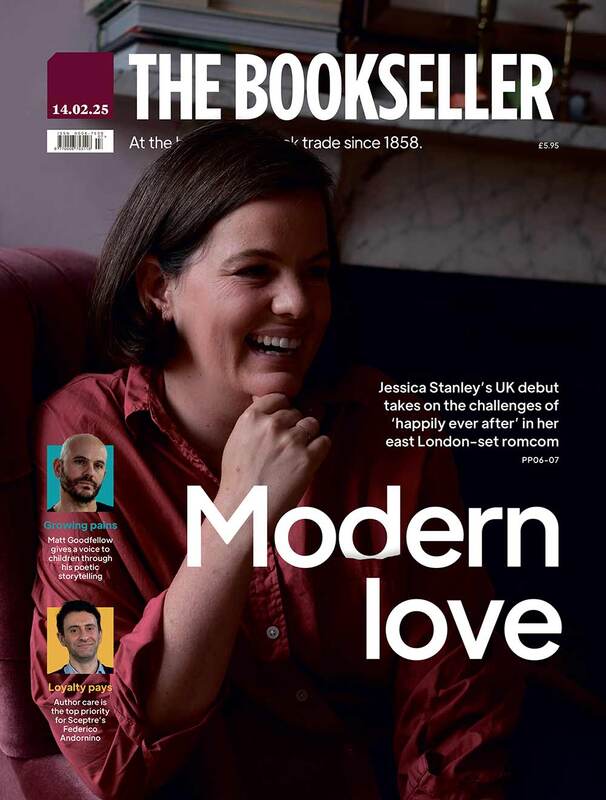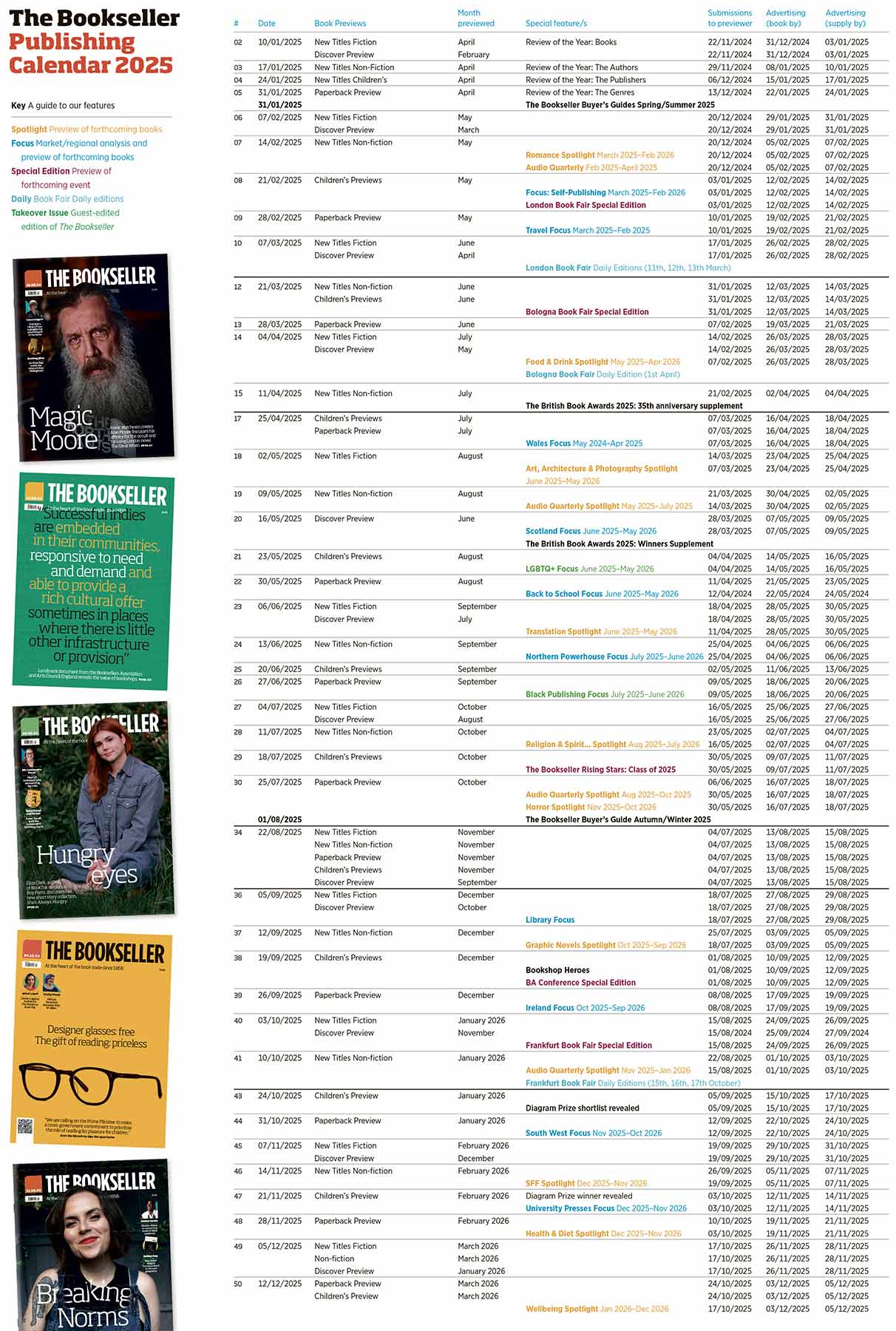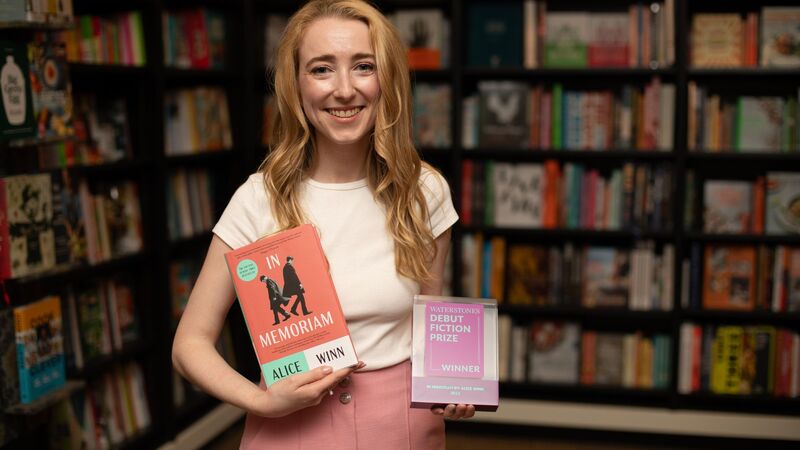You are viewing your 1 free article this month. Login to read more articles.
Dressing for Success
Fred Astaire would not have approved. He, as his classic tune had it, was “puttin’ on my top hat, tyin’ up my white tail, brushin’ off my tails.” He would have taken a look at standards of dinner dress at red carpet bashes now - black shirts, standard black suits, no tie at all, cowboy boots, even sequins - and shuddered in his patent pumps. Today, black tie or dinner dress - only Americans call them tuxedos - has increasingly become subject to fashion, with brands from Dolce & Gabbana to Tom Ford giving the ensemble a makeover and wannabes wearing the jackets on "The X Factor" with their sleeves rolled.
Yet, if the suit shape-shifts with trends and commerce, the dinner suit should be about as classic as tailoring comes. It might gently follow fashion - a shorter coat and narrower trousers at the moment, for example - but the whole point of black tie is dressing to a code. It’s about etiquette, not showing off. Besides which, classic is what looks best.
A romp through men's fashion history shows the disasters that come with tampering: the so-called ‘supersonic separates’ that take over black tie dressing during the 1950s, thanks to an issue of Esquire that features men wearing black trousers but shiny metallic jackets in neon and ice cream colours. It’s all very Space Age meets Las Vegas crooner. The Edwardian jackets, flouncy cuffs, crushed velvet of the 1970s - rather Austin Powers. Or the 2000s, bringing in three words every tailor cringes at: ‘creative black tie’, found on invitations to glitzy events, most notably the Oscars. It effectively gives license to ignore the rules and find your own interpretation of ‘dinner dress’. “I know! It says ‘black tie’. So I’ll wear a normal tie. But one that’s black. Like, I’m an individual. I won’t be put in a box, man!” Loser.
Indeed, properly understood the dinner suit has barely changed since 1860, when Queen Victoria’s eldest son, the future Edward VII, helped do away with white tie and tails - then worn by the upper classes for dinner, every dinner - by adopting a black lounge suit, which he had made by Savile Row tailor Henry Poole. The story goes that a guest of the Prince, James Brown Potter, a millionaire coffee broker, took the look back to the US. There he used it to wow his fellow members of the Tuxedo Park Country Club, from which it takes its less formal name.
It was another royal, the future Edward VIII, who during the 1920s added his own twists, most notably having his suits made in midnight blue fabric rather than black - because, he said, it looked blacker than black in evening light. Edward pretty much defined what would become the archetypal black tie we imagine from old movies starring Cary Grant or Humphrey Bogart.
Certainly, the benchmarks of proper black tie have remained consistent ever since: a single-breasted, one-button jacket with jetted pockets and no side vents, silk facing on the lapels, with a matching stripe along the trouser side-seam, a white shirt with a turn-down collar and black bow-tie. Anything else - wacky waistcoat, wing collar, colourful tie, velvet Nehru-style jacket or any of the other fads woefully imposed on black tie over recent decades - is, as m.d. of tailors Douglas Hayward Ritchie Charlton cruelly but accurately puts it: “going to make you look like Paul Daniels. And that’s not a good look.”
There is, if any more than that was needed, another reason why fashion in dinner suits should be handled with extreme care - one that is often very convincing: money. The fact is that a dinner suit is something that needs to be able to sit in your wardrobe for 20 years and look right on those few occasions each year when you take it out. Underneath you may be rapidly dating between wears, but your dinner suit should look as good on you as it might on Mr Astaire.
Josh Sims is the author of Icons of Mens Style, published by Laurence King.














